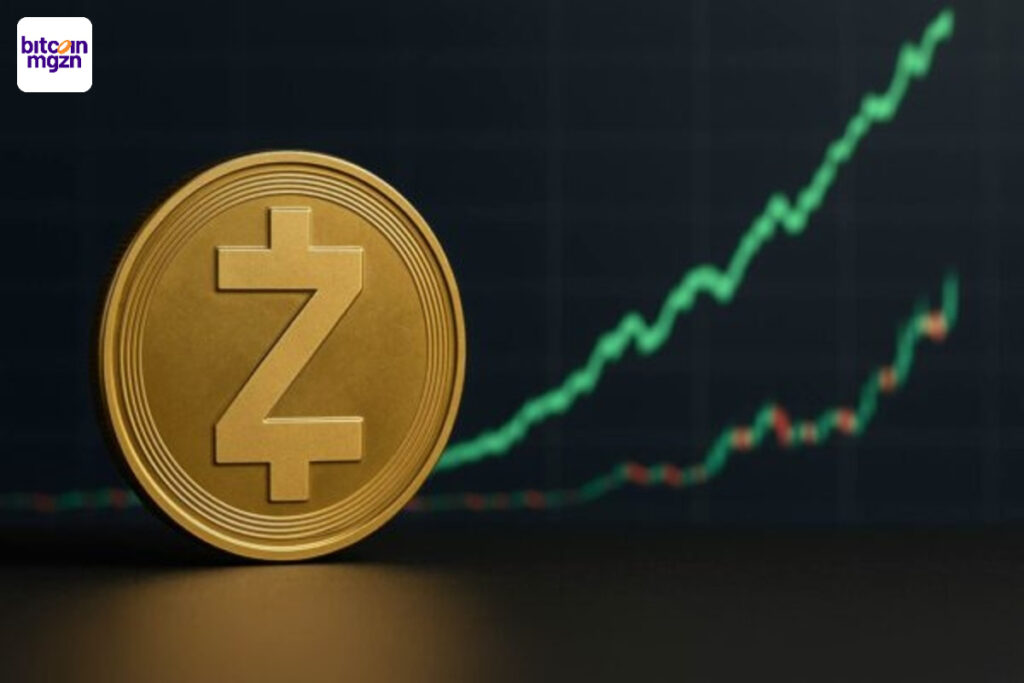Methane plumes increase by 40% in early 2025, bucking recent reduction trend
Methane emissions from the onshore upstream oil and gas sector, detected globally by satellites, showed an increase in late 2024 and early 2025, Rystad Energy said.
This marks a reversal of the consistent decline observed since 2020.
Analysis from Rystad Energy, corroborated by satellite data, reveals significant regional disparities in emissions.
China experienced a nearly one-third year-on-year increase, while the US saw a more modest 4% rise.
Conversely, Russia’s emissions dropped by 5% in the first quarter, primarily attributed to reduced production volumes stemming from the ongoing Russia-Ukraine conflict.
Emissions
In the first quarter of 2025, approximately 45,000 methane plumes were detected, marking an increase of 14,000 from the same period in 2024.
These plumes, which are concentrated clouds of methane (CH₄) gas released into the atmosphere, showed varying emission densities and rates across different regions.
Collectively, they contributed to a carbon footprint of roughly 45 million tonnes of carbon dioxide equivalent (CO₂e), representing a 40% year-on-year increase, according to the analysis.
Much of the methane plumes are found in the Middle East, North Africa, China, Russia, and North America, regions with high production but low methane intensity.
However, aging infrastructure in some Central Asian and North African countries might cause a disproportionately high methane footprint compared to their global hydrocarbon production share.
“The biggest challenge is detection but, once found, most can be fixed, unlike carbon dioxide (CO₂), which largely comes from combustion and is harder to avoid,” Patrick King, vice president, emissions research at Rystad Energy said in the analysis.
Seasonal pattern
Methane emissions, according to Rystad Energy’s detailed data, exhibit a seasonal pattern in most countries.
Variations in operations and demand, as well as the timing of abatement efforts, likely stem from colder climate impacts and regional differences.
However, detection-related factors like cloud cover, wind, humidity, and other atmospheric conditions that influence satellite measurements could also be contributing causes.
In 2025, China led the world in methane emissions from oil and gas production. These emissions in China typically mirror natural gas production cycles, peaking in early winter and decreasing during the summer months.
Since 2018, China’s gas production rose 50%, yet methane emissions dropped 30%, signaling better practices, according to Rystad Energy.
This is linked to methane reduction programs started by CNPC (2019) and Sinopec (2020).
Methane emissions in the Western US saw an increase, primarily due to substantial plumes detected over the Bakken shale in January.
This occurred despite the winter being milder compared to 2022 and 2023.
Methane abatement has been a key political focus in the US, with initiatives such as the Waste Emission Charge being finalized by the Biden administration in late 2024.
The policy, which was overturned in February 2025, only covered reported emissions and did not include those detected by satellites.
US shale industry
The US shale industry’s maturation has led to increased scrutiny of the environmental impact of consolidation in 2023 and 2024.
While major public E&P companies have broadened their abatement initiatives, the future of these programs under the Trump administration is uncertain, especially given efforts to dismantle the US Environmental Protection Agency’s Greenhouse Gas Reporting Program.
Rystad Energy anticipates minimal effects from new flaring regulations.
The US shale industry is projected to continue decreasing its emissions intensity, building on the significant progress made in 2023.
This trend is expected despite the restricted nature of federal abatement policies and the potential for policy reversals.
Supporting this forecast, preliminary 2024 data from the Lower 48 indicates that methane emissions are anticipated to hold steady compared to 2023, even with an increase in production, Rystad Energy said.
Downward trend in some countries
While global figures indicated an increase in methane emissions in the first quarter of 2025, some nations have continued the downward trend seen in prior years.
Since 2019, Iraq has consistently lowered its methane emissions. This reduction occurred while the country’s oil production decreased and its gas output rose.
Emissions rose by almost 50% in the first quarter of this year compared to the same period last year.
 Source: Rystad Energy
Source: Rystad Energy
This increase is likely attributable to activities in the Zagros Foldbelt Basin in the Middle East, specifically flaring and a ramp-up in production.
Methane emissions in India, Uzbekistan, and Pakistan, all located in South and Central Asia, decreased between 2022 and 2024.
Although emissions reached record lows last year, the first quarter of 2025 saw a rebound, nearing early 2023 levels.
Methane levels in India and Pakistan exhibit distinct seasonal variations, with almost no plumes observed during the summer months with negligible oil production.
India is increasing its efforts in methane management, with a National Inventory Management System being developed to systematically and comprehensively track greenhouse gas emissions.
The post Methane plumes increase by 40% in early 2025, bucking recent reduction trend appeared first on Invezz
Vous aimerez peut-être aussi

Wormhole Unveils W Token 2.0 with Enhanced Tokenomics

Zcash krijgt privacylaag op Solana – ZEC koers explodeert met DeFi privacy revolutie
